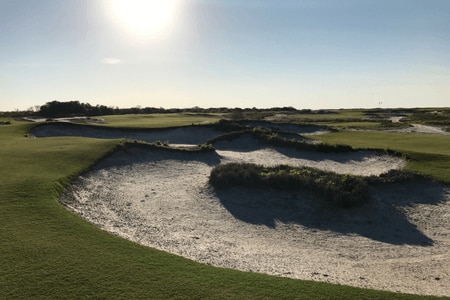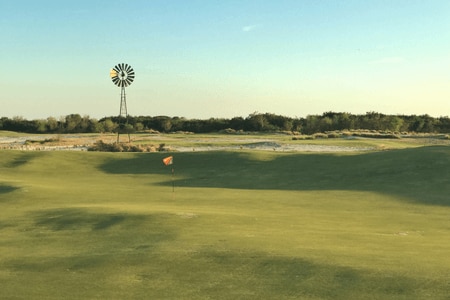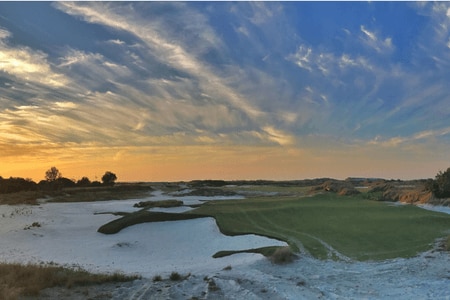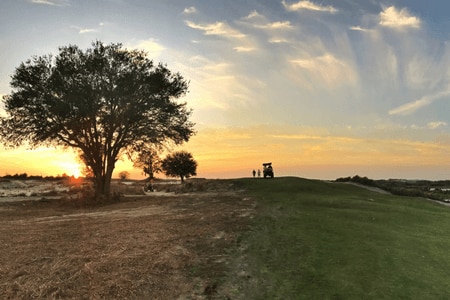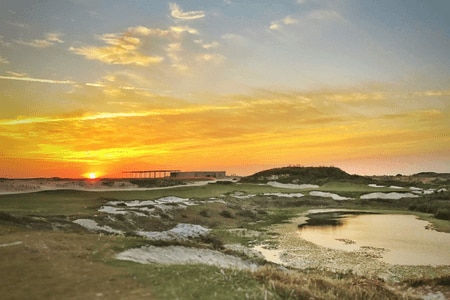Gil Hanse’s hits just keep on comin’…
Whether it’s via Twitter, Instagram, Morning Drive or at an airport bar, I’m always happy to answer viewer and follower questions about courses, resorts or buddies trips.
A recent Twitter question from Derek Goss requested a review of Streamsong Black, the new Gil Hanse design at the much-lauded golf destination in Bowling Green, Fla. Streamsong is 65 miles from the Tampa airport, and 85 miles from the Orlando airport. Rent a car from National at either airport for the short drive to the resort.
In an era of almost no new courses, Hanse keeps landing dream jobs. From Castle Stuart in Scotland (2009) to the Olympic Course in Rio (2016), he is also responsible for Mossy Oak in West Point, Miss. (2016), and he will soon break ground on a short course and a new No. 4 at Pinehurst. Not to mention significant renovations and restorations to Doral, Winged Foot – host of the 2020 U.S. Open – and Los Angeles Country Club, host of the 2023 U.S. Open.
To know Hanse and the way he goes about his work is to know why he keeps getting all of those calls. He has an impeccable reputation for not only being user-friendly; his portfolio is player-friendly. Still not above doing the work himself, Hanse’s humble and awe-shucks demeanor is a nice complement to his unbridled passion for each project. He also garners appreciation and respect from the industry of architects for the way he supports and empowers his crew, especially his partner. Hanse ends every phone conversation with: “Please make sure you give Jim Wagner the credit he deserves.”
From the looks of it, Team Hanse will get the credit they deserve for the work they’ve done at Streamsong. Not only is the course massive, it’s going to be well-received by the masses.
According to Hanse, the Red and Blue courses use a combined 160 acres of maintained turf. The Black will use roughly 100 acres. But scale and the way the Black course sprawls out along the sand-based topography won’t be the only thing that differentiates Black from Red and Blue.
The grass that will be maintained will be different. Black will have Celebration Bermudagrass on the fairways. Red and Blue has Tifway 419 Bermudagrass. Greens on all three courses are MiniVerde, but Hanse will extend that grass into the chipping and collection areas around his greens.
“That will do two different things,” says Hanse. “It will create more options for how to play shots around our greens. And from approach shots, it will make the greens looks much bigger than they are.”
But the differences don’t stop at turf types and some optical deception.
The general topography of the dunesland Hanse had to work with is much different than that of Red and Blue. Where Coore, Crenshaw and Doak utilized dramatically steep and sharper dunesland, the Black course will have severe undulation changes, but they will unfold throughout the round as a slow roll. Especially through the land used for Black’s first 11 holes.



